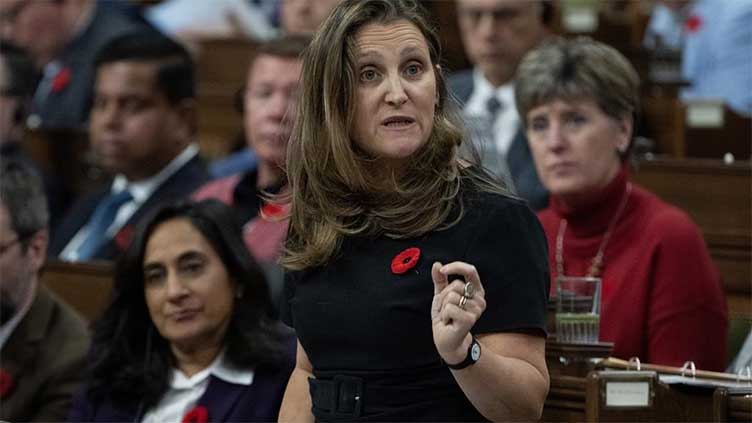10 years later, a war-weary Ukraine reflects on events that began its collision course with Russia

World
10 years later, a war-weary Ukraine reflects on events that began its collision course with Russia
KYIV, Ukraine (AP) — It happens every November, when the cold descends on Kyiv. The change in weather always makes Dmytro Riznychenko think back, and he is overwhelmed by his emotions.
Dmytro Riznychenko, who took part in the uprising that eventually ousted Ukraine’s Moscow-friendly president, visits a memorial to the victims in Kyiv, Ukraine, on Thursday, Nov. 16, 2023. (AP Photo/Efrem Lukatsky)
“Ten years of war and struggle,” the 41-year-old psychologist continued, wearily and reluctantly. “And it seems like the blood has only just begun to flow, truly. I regret nothing. But, God, it’s just so tiresome.”
On Nov. 21, 2013, the Moscow-friendly president of Ukraine, Viktor Yanukovych, announced he was shelving an agreement to bring the country closer to the European Union and instead would deepen ties with President Vladimir Putin’s Russia.
Outraged crowds soon filled Independence Square for peaceful anti-government protests. Later, after riot police used truncheons and tear gas to disperse the people, demonstrators set up tent camps with barricades, self-defense units and banners with revolutionary slogans. In response to the police violence, hundreds of thousands joined the demonstrations in early December.
The standoff reached a climax in February 2014, when police unleashed a brutal crackdown on the protests and dozens of people were slain between Feb. 18-21, many by police snipers. A European-mediated peace deal between the government and protest leaders envisioned the formation of a transition government and holding an early election, but demonstrators later seized government buildings, and Yanukovych fled to Russia.
The Ukrainian Institute of National Remembrance said 107 people were killed in the uprising.
“We had to prevent a totalitarian regime and the return of Soviet things,” Gladka said in a telephone interview.
She recalls the police violence and blood staining the street near Independence Square, and “I very clearly understood that we had entered another stage.”
After Yanukovych’s ouster, Russia responded in March 2014 by illegally annexing Ukraine’s Crimean Peninsula. Then, separatist forces backed by Moscow began an uprising in the eastern Ukraine region known as the Donbas, which grew into a long-running conflict, leaving thousands dead.
Finally, in February 2022, Putin launched his war that continues to this day, with tens of thousands of deaths on both sides amid Europe’s biggest conflict since World War II.



